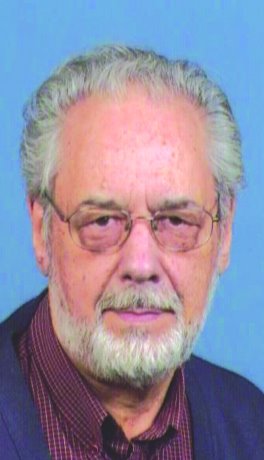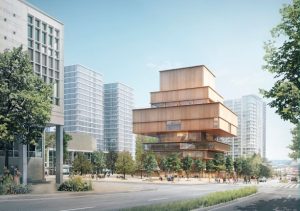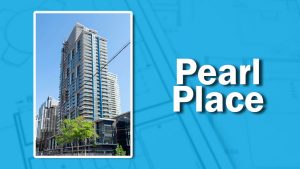A modern take on an old technology offers a possible solution to one of the knottier problems facing designers of super-tall buildings—moving people up and down quickly and safely.
Elevator shafts occupy a disproportionate amount of the footprint in buildings 150 metres tall, or higher. Even so, waiting time for the next car going up is often an irritant for busy people.
Now ThyssenKrupp, the German steel and engineering giant, has announced MULTI, an elevator system that offers horizontal, as well a vertical movement.
The company says the system will decrease elevator wait times to a maximum of 30 seconds, and reduce a building’s elevator footprint by as much as half, all while conserving energy.
The system isn’t here yet, and won’t be for several years, assuming ThyssenKrupp is able to bring the idea to market. At the moment, the firm is awaiting completion of a 246-metre test tower in Rotweil, Germany. That’s where a prototype system will be built and undergo testing.
But the tower won’t be finished until sometime next year. The company announced the system early to give developers and designers time to think about how building design could change without the architectural restraints imposed by a traditional up-and-down elevator.
The elevator cars would make use of magnetic levitation, or maglev, and likely to be powered by induction motors. With no cables or bulky counterweights, the cars could move laterally, even diagonally, as well as vertically. Designers would thus have a lot more flexibility when determining the final layout of a building.
Elevators were the technology that made tall buildings viable. But as buildings got taller, with more occupants, the old elevator technology became an impediment instead of an asset. And with the average height of the world’s tallest building reaching 390 metres last year, there has been an increasing emphasis on developing new ways to move people up and down.
Japan-based Hitachi Ltd., came up with a possible solution a few years ago, with a system called the "circulating multi-car elevator."
This is a straight up-and-down system. When cars reach the top of the shaft, they are shunted over to an adjacent shaft for the downward journey. Thus, using two shafts (one up, one down), it could run cars fairly close together in a continuous chain.
The company has estimated that two shafts could thus accommodate as much traffic as five shafts in a traditional configuration.
Hitachi first announced its intention to build such a system several years ago, and a couple of years later, successfully demonstrated the concept in a one-tenth-scale model. Since then, though, most of the company’s announcements have dealt with the new high-speed systems it has designed for super-tall buildings of 300 metres or more. Last year it announced that it would deliver the elevator system for the CTF Finance Centre, a 530-metre super-tall building in Guangzhou, China.
That system will achieve vertical speeds of 1,200 metres per minute, the equivalent of about 72 km/h.
It is that system that harkens back to a much older, slower system that was fairly common in pre-war Europe.
That system employed cars moving up one shaft, then across and down an adjacent shaft. But the cars were open. There were no doors. And people had to be ready to step—or jump—in or out of the moving car.
It was horrendously dangerous, and governments no longer permit such systems to be built. People had been killed or injured falling into an open shaft, or being caught and crushed part-way into or out of the car as it moved from one floor to the next.
An historical footnote:
The system was called a paternoster, a fitting nickname, perhaps. Readers who have taken a bit of Latin will know that Pater Noster means "Our Father," the first two words of the Lord’s Prayer.
Korky Koroluk is an Ottawa-based freelance writer. Send comments to editor@dailycommercialnews.com.











Recent Comments
comments for this post are closed